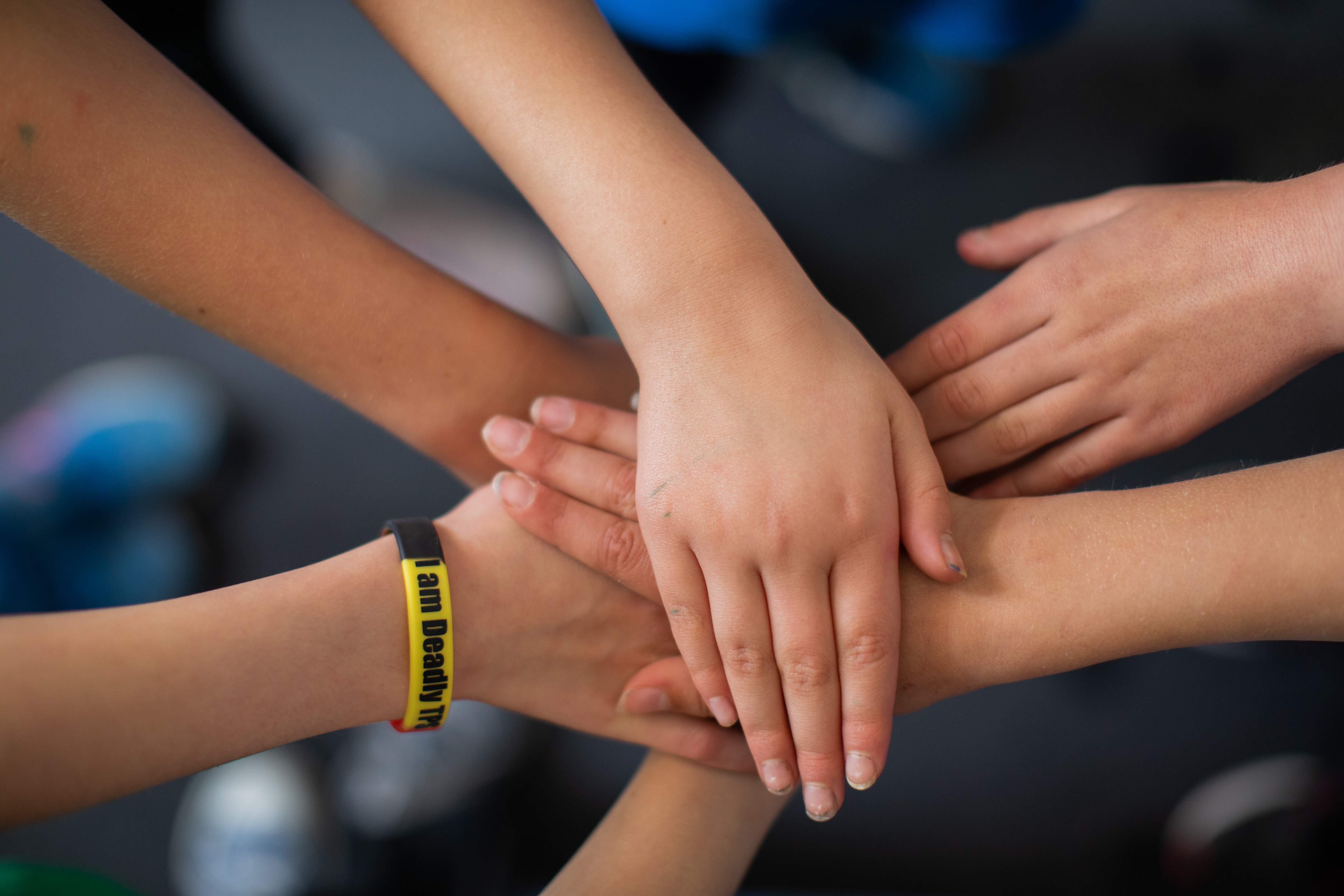On this page
What is trauma?
Childhood trauma is the result of an event, or series of events, that cause a child or young person to feel overwhelmed and pushed beyond their ability to cope.All children and young people experience events that affect them both emotionally and physically, but most recover without ongoing difficulties. However, some events can feel overwhelming or traumatic – especially if a child or young person feels unsupported or unsafe.
Even seemingly ordinary events that may not seem overwhelming to adults can be frightening for a child or young person. These can include falls, accidents or invasive medical procedures.
Children and young people may also experience trauma from events such as physical or sexual abuse, family violence, forced displacement from home, experiencing family violence, or witnessing distressing content in the media.
Sometimes the effects of trauma are immediate and more obvious, while at other times they can take some time to appear.
Different types of trauma
One way to understand trauma is to consider different types of trauma.Complex trauma
Complex trauma is repeated trauma that often involves threats, abuse and violence between people – it can also be referred to as ‘interpersonal trauma’. This type of trauma often involves a series of events and lasts longer than unexpected one-off traumatic events such as car accidents or house fires.People who experience complex trauma may experience a range of emotions such as shame and guilt, often due to the stigma that can surround their experiences.
Developmental trauma
This term refers to the significant impact that ongoing exposure to traumatic events can have both during pregnancy and throughout a child and young person’s development.If a child is growing up in an environment of risk and danger, the parts of the brain that manage danger are going to dominate. This is in contrast to the parts that flourish better when a child experiences safety and security (such as attaching to a caring adult). This can impact Brain development and the way a child or young person manages their feelings and behaviour.
Examples of developmental trauma include incidents when the developing baby, child or young person are exposed to ongoing stress, violence or neglect.
Intergenerational trauma
Intergenerational trauma refers to the impacts of trauma that are passed down from one generation to the next.Experiences of intergenerational trauma are often discussed in the context of First Nations Peoples, (the Stolen Generations) as well as children of refugees and veterans.
What makes an event traumatic?
Not all children and young people are affected in the same way by an event.Both the type of event and the way a child or young person responds to it contribute to whether they may be traumatised by it. It’s a child or young person’s experience of the event, rather than the event itself, that makes it traumatic or not.
A child or young person's perception of an event as traumatic can be influenced by whether they felt overwhelmed and powerless or believed they were supported and had some control during the incident.
Children and young people are also strongly influenced by their past experiences. The more stressful experiences a person has had in their life, often known as ‘risk factors’, the greater the chance they may experience a traumatic response to future events.
Experiencing difficult events doesn’t necessarily mean a child or young person will experience trauma
A child or young person’s relationships, their feeling of safety and support, the personal meaning they attribute to the experience all influence their response, and the presence of risk versus protective factors. Understanding the many ways trauma can affect children and young people can help educators respond with compassion, consistency and appropriate support.
Be You Resources
Learn more about Grief, trauma and critical incidents.
Be You Professional Learning
Plan for critical incidents, learn more about trauma and support recovery in the Responding together domain.
-
Bibliography
Cohen, J. A., Mannarino, A. P., & Deblinger, E. (2016). Treating trauma and traumatic grief in children and adolescents. New York: Guilford Press.
Cole, S., Greenwald O'Brien, J., & Gadd, M. G. (2005). Helping traumatized children learn: Supportive school environments for children traumatized by family violence. Boston: Massachusetts Advocates for Children. Retrieved from https://traumasensitiveschools.org/wp-content/uploads/2013/06/Helping-Traumatized-Children-Learn.pdf.
Cook, A., Spinazzola, J., Ford, J., Lanktree, C., Blaustein, M., Cloitre, M., ... & Mallah, K. (2017). Complex trauma in children and adolescents. Psychiatric Annals, 35(5), 390-398.
Copeland, W. E., Keeler, G., Angold, A., & Costello, E. (2007). Traumatic events and posttraumatic stress in childhood. Archives of General Psychiatry, 64(5), 577-584.
Kenardy, J., Le Brocque, R., March, S., & De Young, A. (2010). How children and young people experience and react to traumatic events. Canberra: Australian Child and Adolescent Trauma, Loss and Grief Network. Retrieved from http://earlytraumagrief.anu.edu.au/files/ACATLGN_TraumaResources_Booklet_
D1%282%29.pdf.Osofsky, J. D. (2011). Introduction: Trauma through the eyes of a young child. In Joy D. Osofsky (Ed.), Clinical work with traumatized young children. (pp. 1-7). New York: Guilford Press.
Yehuda, R., Halligan, S. L., & Grossman, R. (2001). Childhood trauma and risk for PTSD: Relationship to intergenerational effects of trauma, parental PTSD, and cortisol excretion. Development and Psychopathology, 13(3), 733-753.
-
External links
Trauma Grief Network – Trauma
Emerging Minds – Trauma toolkit
Healing Foundation – Intergenerational trauma
